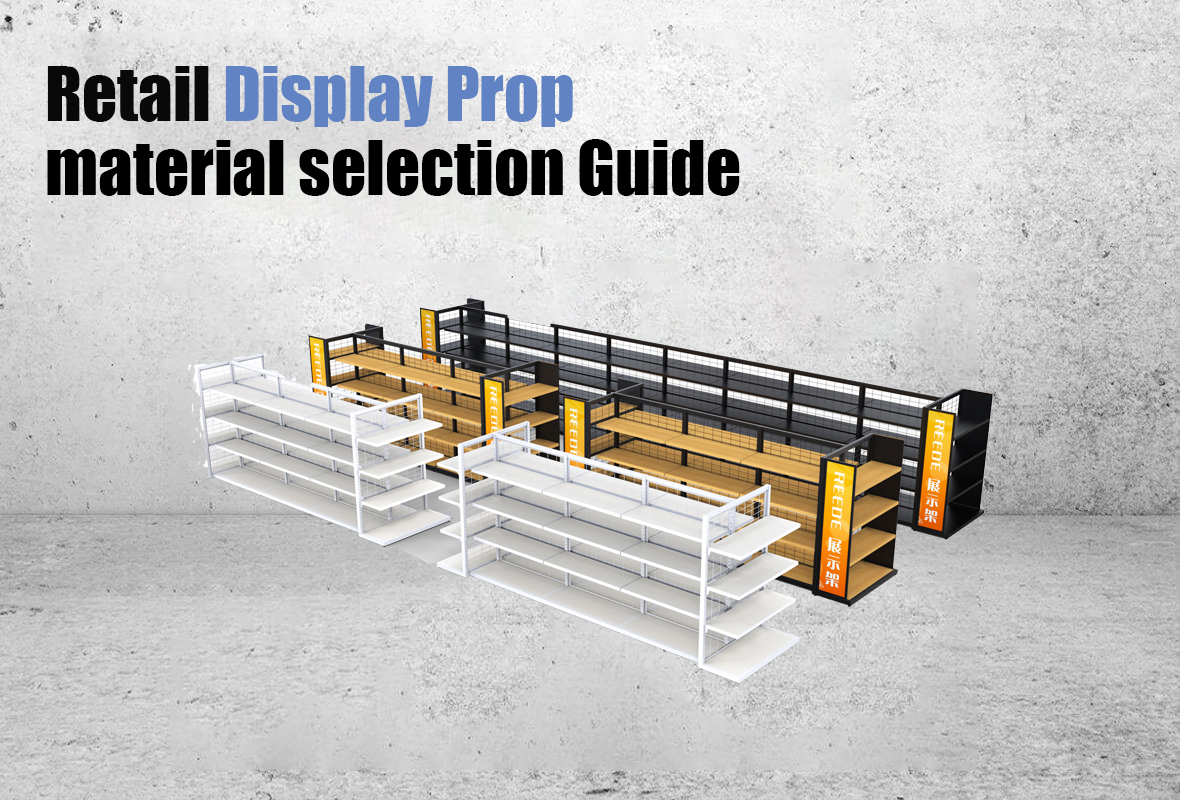
In various stores, we can see a variety of product display shelves used for visual marketing. They come in different types and have different functions. Display shelves made of different materials can also have different effects on the products. Choosing the right material can enhance the overall aesthetics of the store and provide customers with a more pleasant shopping experience.
Today, you have many choices, and unless you know which material you need, you may be overwhelmed and confused by the plethora of options available.
In this article, we will delve deep and help you choose the most suitable material for the display props you want. We will address the following questions:
※ Advantages and disadvantages of various materials?
※ Which material is best suited for making display shelves?
※ How to customize retail display props?
With over 15 years of experience in the retail display props industry in China, we have insider knowledge to provide practical purchasing advice for design companies and retail store buyers.
So, let's get started.
(Note: There are many different names used to describe display shelves. These include Display Shelf, Display Rack, Display Fixture, Display Stand, POS Display, POP Display, and Point Of Purchase. However, for consistency, we will refer to Display Rack as the naming convention for
Table of Contents:
1. Categorization of Display Rack Materials
1.1 Metal Materials
#1 Mild Steel
Mild Steel is a common type of low-carbon steel, also known as plain carbon steel or light steel. It is primarily composed of iron and carbon, typically with small amounts of other elements such as manganese, silicon, and chromium. The following are the advantages and disadvantages of Mild Steel:
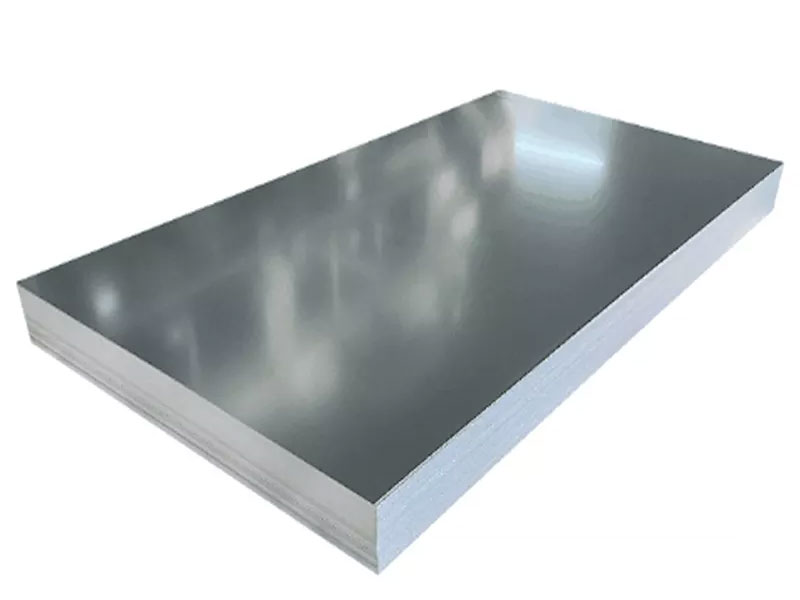
Advantages:
1. Affordable: Mild Steel is relatively inexpensive compared to other types of steel.
2. Good ductility and workability.
3. High strength: Despite being a low-carbon steel, Mild Steel still has relatively high strength and rigidity.
Disadvantages:
1. Susceptible to corrosion: Mild Steel has relatively poor corrosion resistance compared to other types of steel.
2. Relatively heavy: Mild Steel has a high density and is relatively heavy.
Overall, Mild Steel is a highly practical material with a wide range of applications. Despite some drawbacks, its advantages are more prominent, making it a preferred material for many manufacturers.
#2 Stainless Steel
Stainless Steel is an alloy steel mainly composed of iron, chromium, nickel, and a small amount of other elements. The following are the advantages and disadvantages of Stainless Steel material:
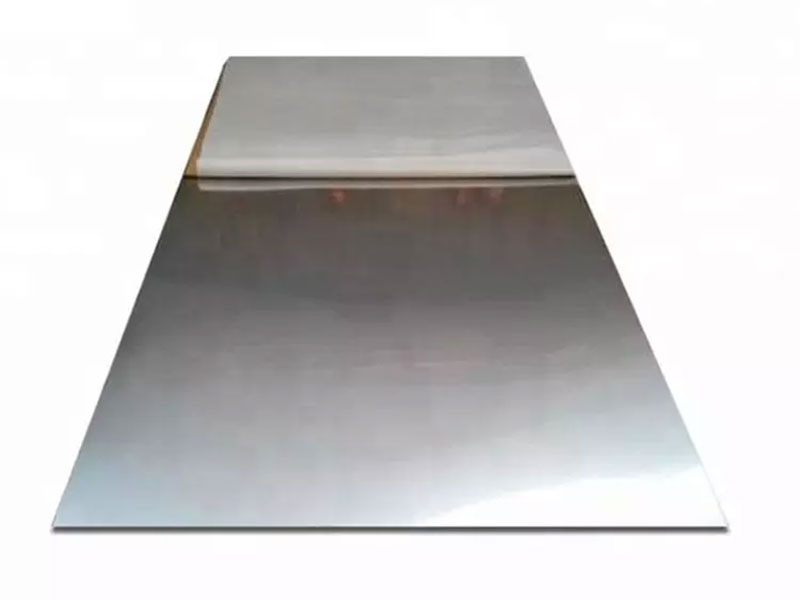
Advantages:
1. Excellent corrosion resistance.
2. High strength and toughness.
3. High-temperature resistance.
4. Good workability.
Disadvantages:
1. Higher cost: Compared with other materials, Stainless Steel is more expensive.
Overall, Stainless Steel is a high-performance, multi-functional material suitable for many different fields of products. Despite its drawbacks, its advantages such as corrosion resistance, high strength, and high-temperature resistance make it still one of the preferred materials for many manufacturers.
#3 ZDC
ZDC material is a zinc alloy composed of elements such as zinc, copper, aluminum, and magnesium. Here are the advantages and disadvantages of ZDC material:
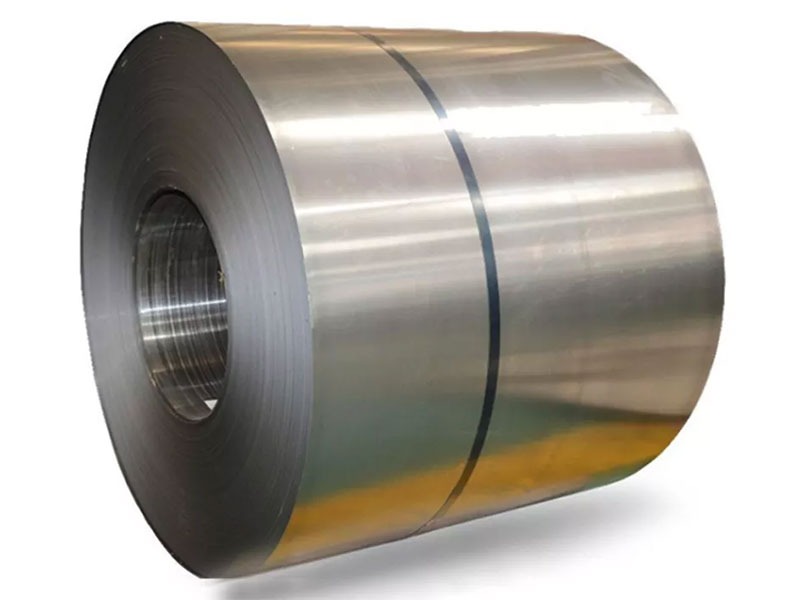
Advantages:
1. High strength: ZDC material has high strength and hardness.
2. Corrosion resistance: ZDC material has good corrosion resistance.
3. Good ductility: ZDC material has good.
Disadvantages:
1. High cost: Compared with other zinc alloy materials.
Overall, ZDC material is a material with high strength, good ductility, and good corrosion resistance, suitable for manufacturing components that need to withstand high stress and work in harsh environments. However, it is relatively expensive and needs proper treatment to prevent corrosion.
1.2 Wooden Materials
#4 MDF
MDF (Medium-density fiberboard) is a type of wood composite material made of wood fibers and resin binders. Here are the advantages and disadvantages of MDF:
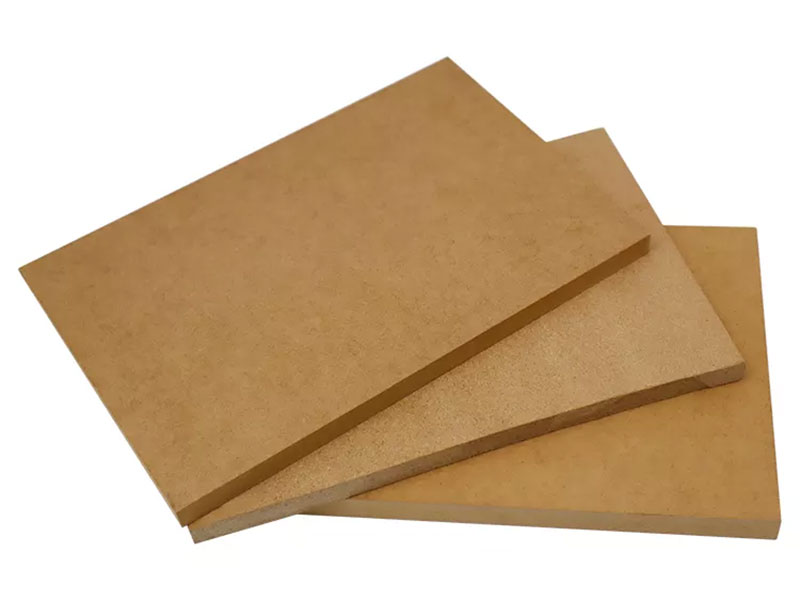
Advantages:
1. High flatness: MDF has a very high flatness.
2. Easy to process: MDF is easy to cut.
3. Environmental friendliness: MDF is made of wood fibers and resin binders.
4. Low price: Compared to solid wood materials.
Disadvantages:
1. Prone to moisture absorption: MDF is prone to moisture absorption.
2. Lower strength compared to solid wood.
Overall, MDF is a low-cost, easy-to-process, and environmentally friendly material suitable for manufacturing furniture, decorative panels, packaging boxes, and more. However, its susceptibility to moisture absorption and lower strength are important considerations.
#5 PLYWOOD
PLYWOOD is a type of wood composite material made by layering multiple thin wood veneers together. Here are the advantages and disadvantages of PLYWOOD:
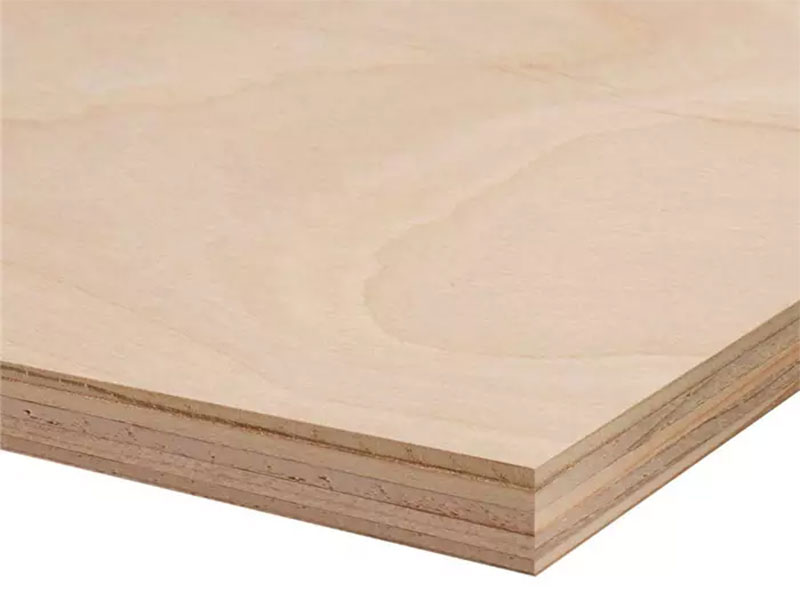
Advantages:
1. High strength: PLYWOOD is made by layering multiple thin wood veneers.
2. Good durability.
3. Easy to work with: PLYWOOD is easy to cut.
4. Environmentally friendly.
Disadvantages:
1. High price: Compared to some other wood composite materials, PLYWOOD is relatively expensive.
2. Prone to moisture absorption: PLYWOOD is prone to moisture absorption.
3. Susceptible to scratches:.
Overall, PLYWOOD is a high-strength, durable, and environmentally friendly material suitable for manufacturing furniture, decorative panels, building structures, and more. However, its high price and susceptibility to moisture absorption should be noted.
#6 FIRE PREVENTION BOARD
FIRE PREVENTION BOARD is a fire-resistant building material made of wood fibers and refractory materials. Here are the advantages and disadvantages of FIRE PREVENTION BOARD material:
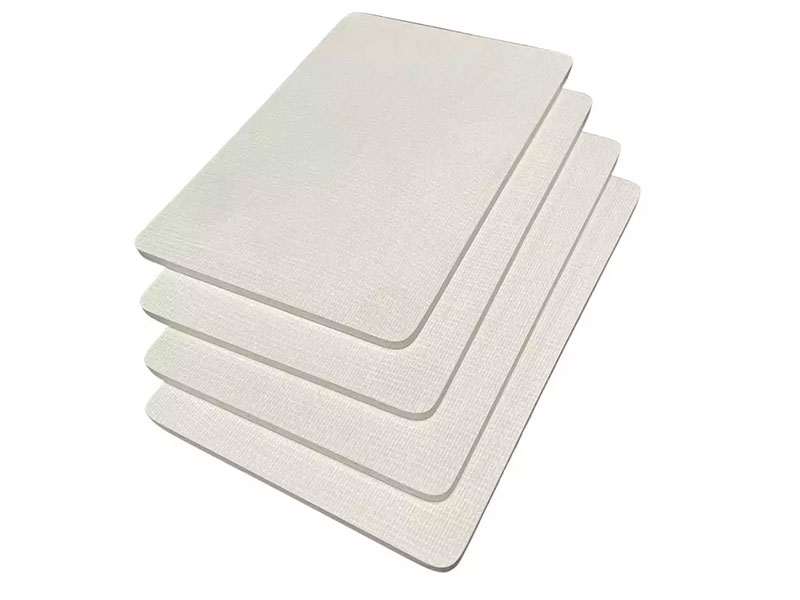
Advantages:
1. Excellent fire resistance.
2. Good durability: FIRE PREVENTION BOARD material has good durability.
3. Good environmental performance.
Disadvantages:
1. Higher price: Due to its excellent fire resistance and durability.
Overall, FIRE PREVENTION BOARD material is a fire-resistant and environmentally friendly building material suitable for construction and interior decoration. However, its high price and high density should be noted.
1.3 Mixed Materials
#7 PVC
PVC, or polyvinyl chloride, is a type of plastic material. Here are the pros and cons of PVC material:

Advantages:
1. Strong durability: PVC material has good durability.
2. Easy to process: PVC material is easy to cut.
3. Good waterproof performance.
Disadvantages:
1. Prone to aging.
Overall, PVC material is a widely used plastic material in the fields of construction, manufacturing, and healthcare, and has advantages such as strong durability, easy processing, and good waterproof performance. However, it also has disadvantages such as being prone to aging, susceptible to mechanical impact, and not resistant to high temperatures, which need to be noted.
2. The selection of various materials and their application
We have introduced the 7 most commonly used materials for display shelves, and you now have a certain understanding of these materials.
But how do you choose among them?
With 15 years of experience,we would like to offer some suggestions to help you choose the right material.
1. Difficult to cut: Stainless Steel has a relatively high hardness and is not easy to be mechanically processed, requiring the use of high-quality cutting tools.
2. Overall, Stainless Steel is a high-performance, multi-functional material suitable for many different fields of products. Despite its drawbacks, its advantages such as corrosion resistance, high strength, and high-temperature resistance make it still one of the preferred materials for many manufacturers.
Durability: Choosing materials with strong durability can ensure that the display shelves are not easily damaged or deformed during long-term use. For example, mild steel.
3. Customizability: The size and shape of display shelves vary according to different display needs. Therefore, choosing materials that are easy to customize can meet different display requirements. For example, materials such as wood and plastic are easy to cut and process.
4.Aesthetics: The appearance of display shelves has a great impact on attracting customers and displaying goods. Therefore, choosing materials with a good appearance can improve the display effect. For example, materials such as stainless steel and ZDC have a bright and attractive appearance.
5. Environmental friendliness: The environmental friendliness of the materials used in producing display shelves is also an important factor to consider. Prioritizing materials that do not contain harmful substances and are easy to recycle can reduce environmental pollution. For example, recycled plastic and renewable wood are both environmentally friendly materials.
6. Maintenance: Choosing materials that are easy to maintain can reduce maintenance costs and time. For example, materials such as stainless steel and glass are easy to clean and maintain, and are not easily polluted or corroded.
3. Conclusion
Finally, if you're not sure which material to choose, MDF and Mild Steel are definitely suitable for most situations when it comes to display shelves. Of course, the choice of manufacturing material depends on what characteristics of the material you care most about. Once you've decided on these things, use the information we've provided to help you choose the production material that best suits your needs.
We hope this guide to choosing display shelves production materials has helped you make the wisest material choice. If you have any further questions, please leave a quick message below!
Post time: Feb-27-2023

